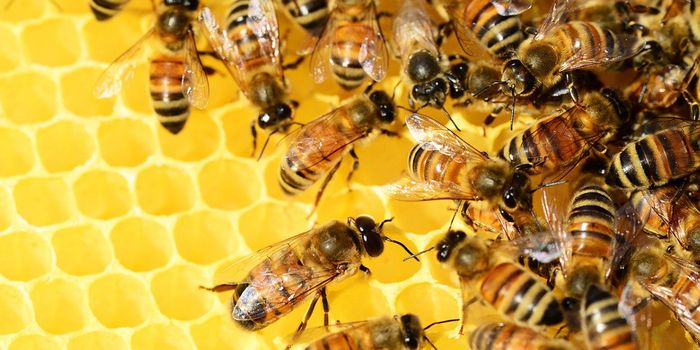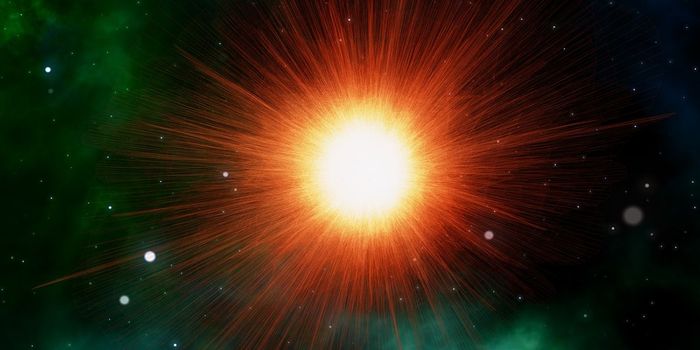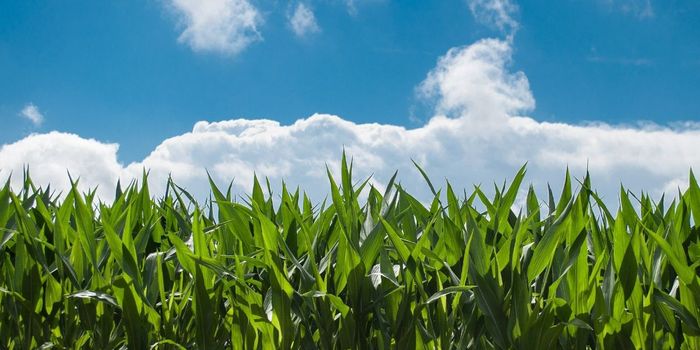"Hahai no ka ua i ka ulula'au" is a Hawaiian saying which means "The rains follows after the forest." This refers the phenomena that rain forests, because of their geographic locations with hot, humid climates, produce a positive feedback water cycle of transpiration, evaporation, and precipitation. Because the forests are constantly transpiring water into the atmosphere, more water is available for greater precipitation, which continues to drive the cycle.
But that begs the question: which came first, the rain or the forest? To answer this we have to go back into the history of plants, 130,000,000 years ago when angiosperms evolved. Angiosperms, or flowering plants, were able to grow faster than gymnosperms, which allowed them to populate all corners of the planet. Because the angiosperms were transpiring at a faster rate and emitting water into the air, they essentially created more precipitation in the areas where they were growing. Which explains why rain forests today (made up of mostly angiosperms) receive much more rain than temperate forests composed up gymnosperms - as much as a meter more each year (or about 2.5 hours of downpour every week)! So in answer to the question, the forests came first but now the cycle is so connected that both rain and the rain forests are co-dependent on the other to exist.








